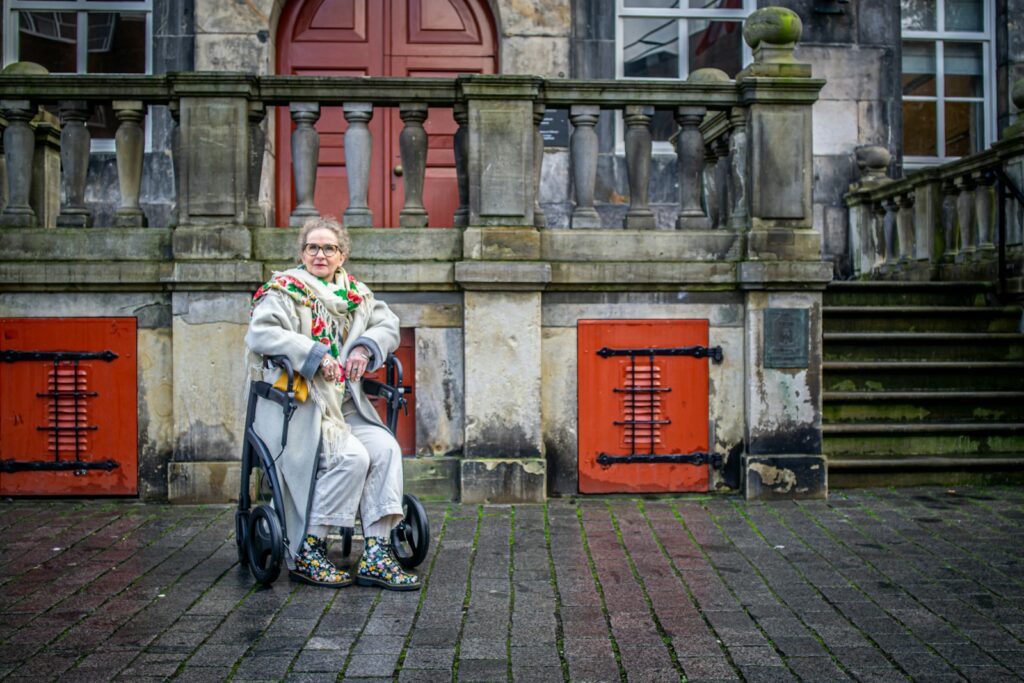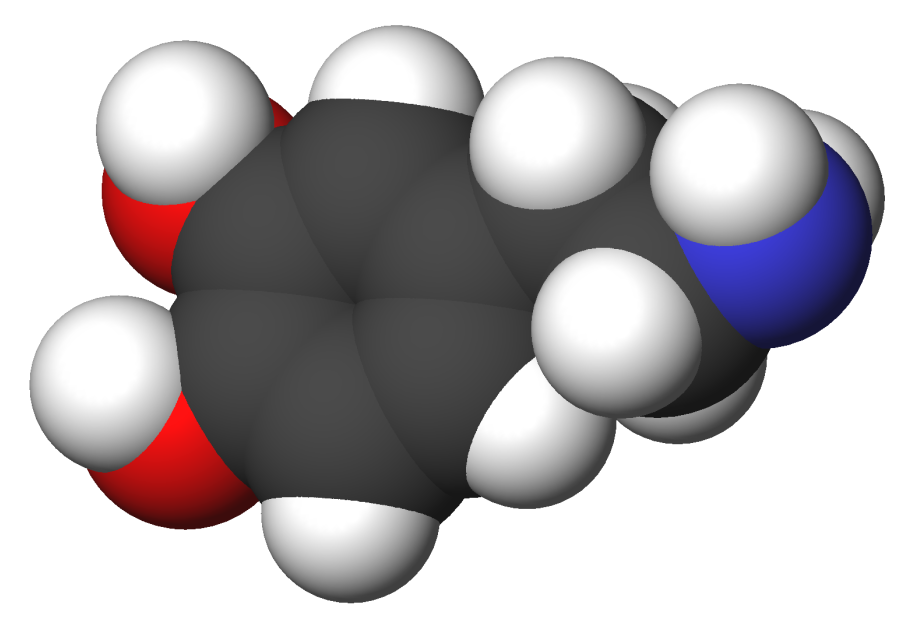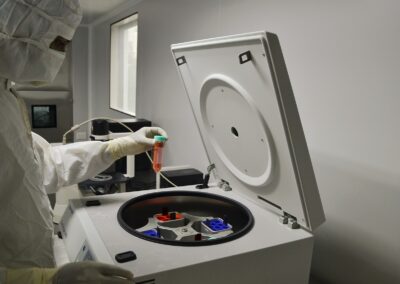Biotechnology is one of the leading forms of science and technology that is changing treatment options for illness and disease across all spectrums, worldwide. Through its use, new doors have been opened that are providing options to doctors and patients that were previously unavailable.
Characteristics of Parkinson’s Disease

Parkinson’s Disease (also referred to as PD) is a neurological disorder that is most commonly seen among males over 50 years of age. According to the Parkinson’s disease statistics referenced on the Parkinson’s News Today website, this disease affects an estimated seven to ten million people worldwide. It most commonly presents with symptoms of muscle rigidity, tremors and shaking and an impairment in general motor abilities. Parkinson’s is a degenerative disease that continues to progress, eventually decreasing the patient’s ability to walk and negatively affecting balance and overall posture.
The Role of Dopamine in PD

Within the central region of the brain is a group of nuclei, called the basal ganglia, which work together to play a vital role in the body’s ability to produce voluntary movements. The basal ganglia depends upon a specific amount of dopamine uptake for normal bodily function, however if dopamine production is lacking, voluntary movements may become slowed or delayed, as is common in Parkinson’s disease.
Biotechnological Advancements and their effect on mobility in PD patients

Current advancements in science and biotechnology are now allowing doctors and scientists the opportunity to explore different avenues when it comes to treating and improving the quality of life for those living with Parkinson’s disease. Two of these such studies look at improving dopamine production within the brain to reduce the symptoms of PD.
One such option, using fetal cells which have been transplanted in the brain, aims to utilize these healthy cells to increase dopamine production, therefore decreasing symptoms in affected patients. “Restoring dopaminergic inputs in a localized and physiologic manner will provide superior benefits in terms of effect and longevity compared with oral medication.Experience using transplants of fetal tissue containing dopaminergic cell precursors has provided valuable proof that the approach is feasible, and that engrafted cells can survive and function over many years.” (Henchcliffe, Claire; Parmar, Malin, 2018). Unfortunately, although successful, this method of treatment has proven to have its downfalls. Fetal and embryonic cells are in relatively short supply and ethical concerns about the use of these types of cells are still being debated.
Another promising treatment option being studied for use in PD patients involves the use of genetically engineered viruses. These viruses have been altered to remove any pathogens, which have been replaced by genes containing Aromatic L-amino Acid decarboxylase (AADC) that assist in creating dopamine in brain cells. “Several studies using viral vectors have provided evidence for both safety and high fidelity of gene expression. Treatments are aimed at ailing parkinsonistic symptoms by attempting to normalize aberrant firing in the basal ganglia by expression of either dopaminergic or GABAgenic enzymes. These treatments are symptomatic and do not alter the underlying pathophysiological process.” (Axelson, T; Woldbye, D, 2018) Other methods, utilizing the same technology, aim to minimize side effects of PD and halt disease progression all together.
New advancements in biotechnology in the treatment of Parkinson’s Disease are offering promising outcomes with regard to patient quality of life and a decrease in disease related symptoms. Although more research and patient trials are required to determine the full efficacy of these therapies, through the utilization of biotechnology, the future of Parkinson’s diagnosis looks hopeful.
References
- https://parkinsonsnewstoday.com/parkinsons-disease-statistics/, (2019)
- Henchcliffe, Claire; Parmar, Malin (2018). Repairing the Brain: Cell Replacement Using Stem Cell-Based Technologies. Journal of Parkinson’s Disease; https://content.iospress.com/articles/journal-of-parkinsons-disease/jpd181488
- Axelson, T; Woldbye, D (2018). Gene Therapy for Parkinson’s Disease, An Update. Journal of Parkinson’s Disease; https://www.ncbi.nlm.nih.gov/pmc/articles/PMC6027861/







